by C. Elkins, OK Math and Reading Lady

I have 1 penny in one pocket. I have 6 more pennies in another pocket. This is a Join or “some and some more” story structure.
Many teachers I work with have asked for advice on problem solving in math. Students often don’t know how to approach them or know what operation to use. Should teachers help students focus on key words or not? What about the strategies such as CUBES, draw pictures, make a list, guess and check, work backwards, find a pattern?
While all of those strategies definitely have their purpose, I find we often give kids so many steps to follow (underline this, circle this, highlight that, etc.) that they lose sight of what the problem is basically about.
In this post, I will focus on two basic questions (who and what) and a simple graphic organizer that will help students think about (and visualize) the actions in a one-step Join story problem. KG and first grade students can act out these actions using story mats or ten frames. Late first through 5th grade can use a part-part-whole box. There are two FREE items offered.
These are the types of problems I will focus on in the next few posts.
- Join (also referred to as SSM – Some and Some More)
- Separate (also referred to as SSWA – Some, Some Went Away)
- Part-Part-Whole
- Comparing
- Equal groups
JOIN problems have 3 versions:
- a + b = ___ (The result is unknown.)
- a + ____ = c (How the story changed is unknown / missing addend.)
- ____ + b = c (The start is unknown / missing addend.)
They can also be referred to as “Some and Some More” stories (SSM). This means, you have some and you get some more for a total amount. These present themselves as additive stories, but it doesn’t necessarily mean you have to add to solve them. The second and third version above are often referred to as missing addend problems. Continue reading


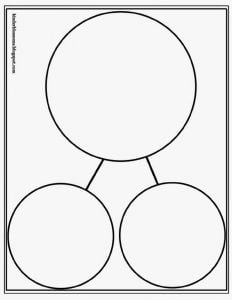 the stages a child goes through to achieve number sense. After a child has a firm grasp of one-to-one correspondence, can count on, and understands concepts of more and less, he/she is ready to explore
the stages a child goes through to achieve number sense. After a child has a firm grasp of one-to-one correspondence, can count on, and understands concepts of more and less, he/she is ready to explore 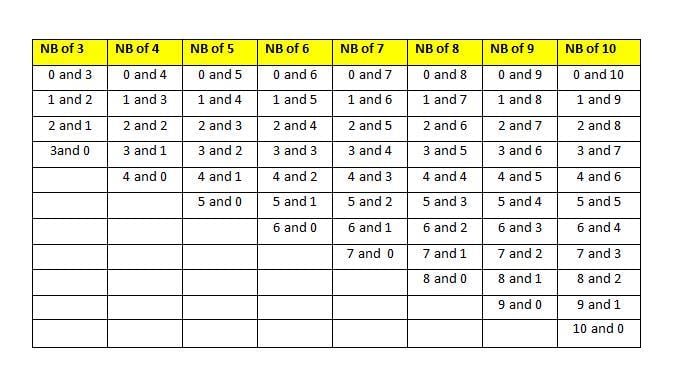


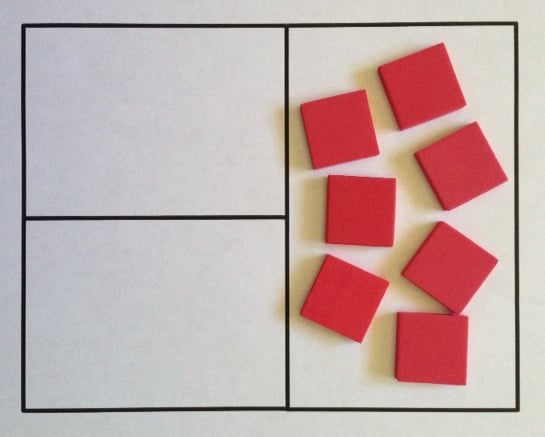


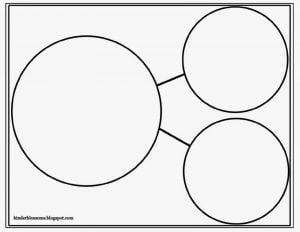 Once students have a good concept of number bonds, these part-part-whole organizers are very helpful when doing addition and subtraction problems (including story problems) using these structures: Result Unknown, Change Unknown, and Start Unknown. Children should use manipulatives at first to “figure out” the story.
Once students have a good concept of number bonds, these part-part-whole organizers are very helpful when doing addition and subtraction problems (including story problems) using these structures: Result Unknown, Change Unknown, and Start Unknown. Children should use manipulatives at first to “figure out” the story.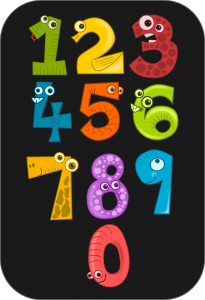
 Recognize an amount without physically counting (ie on dice, dot cards, fingers).
Recognize an amount without physically counting (ie on dice, dot cards, fingers).